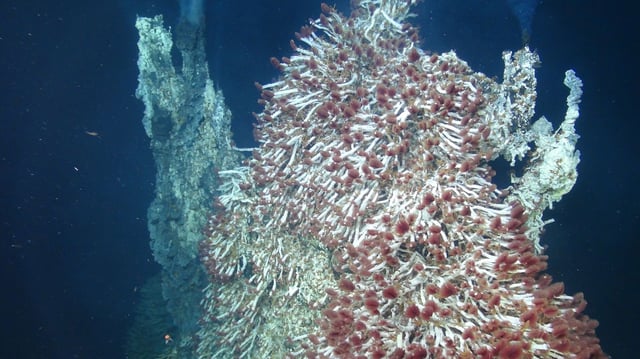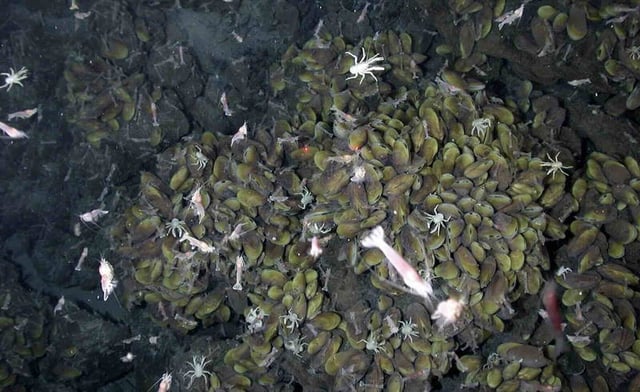Overview
- NASA awarded a $621,000 grant to microbiologist James Holden at UMass Amherst to support a three-year investigation into hydrothermal vent microbes.
- The research program, running through 2028, has begun simulating Europa’s subsurface ocean conditions by recreating lightless, oxygen-free hydrothermal vent environments in the lab.
- Scientists will analyze how microbes harness hydrogen, sulfur and metal-driven chemical processes to predict potential adaptations of Europan life.
- Findings will inform the Europa Clipper mission’s life-detection strategies ahead of the spacecraft’s scheduled arrival at Jupiter’s icy moon in 2030.
- Europa is believed to host a liquid ocean beneath a 15–25 km ice shell with depths up to 150 km, making Earth’s hydrothermal vents its closest planetary analogues.

